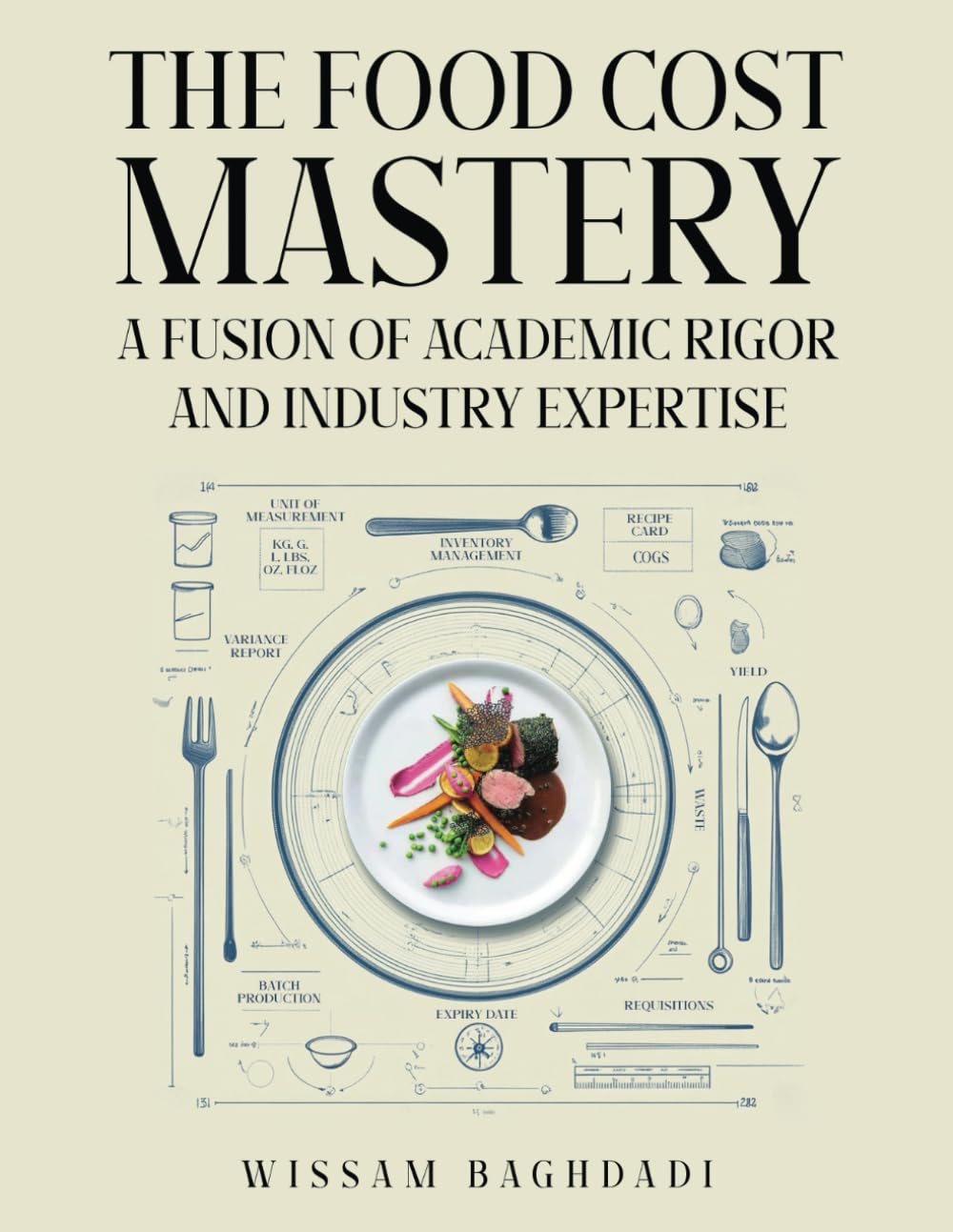
A menu is more than a list of dishes—it’s an opportunity to tell a story. In The Food Cost Mastery: Fusion of Academic Rigor and Industry Expertise, Wissam Baghdadi highlights how narratives about ingredients, dishes, or the restaurant’s mission can create emotional connections with customers. These stories not only enhance the dining experience but also build loyalty and justify premium pricing.
Why Storytelling Matters
In today’s market, customers seek more than just a meal—they want an experience. A compelling story behind a dish or an ingredient adds depth and value, transforming an ordinary dining moment into something memorable.
Benefits of Storytelling in Menus:
- Emotional Engagement: Narratives resonate with customers on a personal level, encouraging repeat visits.
- Brand Differentiation: A unique story sets your restaurant apart from competitors.
- Perceived Value: Customers are often willing to pay more for dishes with a meaningful backstory.
Incorporating Stories into Your Menu
1. Highlight Ingredient Origins
Tell customers where their food comes from. For example:
- “Farm-to-Table Freshness”: Share the journey of locally sourced produce or ethically raised meats.
- “From Distant Shores”: Describe how rare spices or specialty ingredients are sourced from exotic locations.
2. Celebrate Cultural and Historical Roots
If a dish has cultural significance, explain its history. For example:
- A traditional Italian pasta recipe might include a note about its origins in a specific region.
- A fusion dish could highlight the creative inspiration behind blending flavors from different cuisines.
3. Share Your Mission
Narrate the story of your restaurant—its founding, values, and goals. Baghdadi emphasizes that connecting these narratives with menu items strengthens your brand identity. For instance, a note about your commitment to sustainability can accompany dishes featuring seasonal, locally sourced ingredients.
Designing Menus with Stories
1. Use Descriptive Labels
Phrases like “handcrafted,” “slow-cooked,” or “chef’s signature” elevate the perceived value of a dish.
2. Incorporate Visual Elements
Images or illustrations that reflect the story—such as a map showing ingredient origins—can enhance the menu’s appeal.
3. Keep It Concise
While stories are impactful, brevity is key. A few compelling lines are enough to capture attention without overwhelming diners.
Connecting Stories to Customer Experience
1. Train Your Staff
Ensure servers understand the stories behind menu items so they can share them confidently. Baghdadi recommends empowering staff to weave narratives into their interactions with diners.
2. Encourage Social Sharing
Dishes with unique stories often become conversation starters. Baghdadi suggests designing menus and presentations that are Instagram-worthy, encouraging customers to share their experiences online.
3. Align Stories with Values
Customers are drawn to authenticity. Stories about sustainability, community involvement, or culinary innovation should align with your restaurant’s actions and values.
Storytelling in menus turns a dining experience into a memorable journey. By crafting compelling narratives about your dishes, ingredients, and mission, as outlined in The Food Cost Mastery, you can create emotional connections that build customer loyalty. A well-told story enhances the perceived value of your offerings, transforming your menu into a powerful tool for differentiation and success.